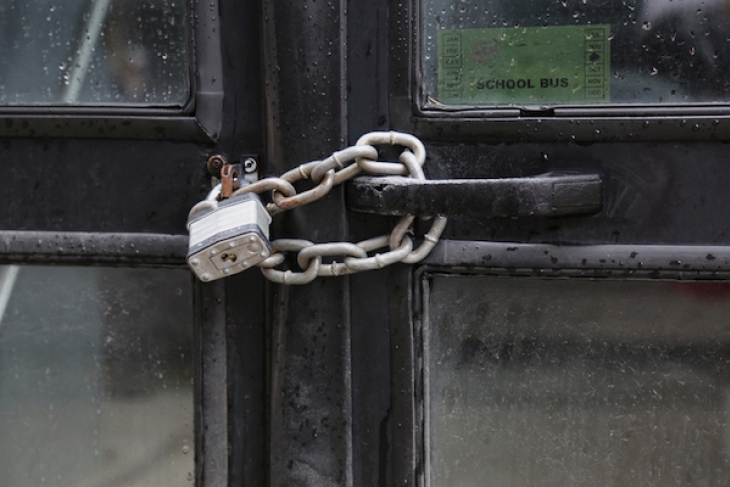I’ve lived in Maryland for more than four decades now and in recent years have been honored to serve on the state board of education and the statewide Commission on Innovation and Excellence in Education (a.k.a. Kirwan Commission). Certainly there are bright spots in this state’s K–12 system—some great schools, many fine teachers, forward-looking leaders, and more. What there’s not is much school choice—and that means that far too many children, most of them poor and minority, are trapped in district-assigned neighborhood schools that are far from bright spots. On Maryland’s new statewide report card, 180 public schools received just one or two stars (out of five possible); in Baltimore, those bottom-of-the-pack ratings applied to 60 percent of city schools.
It’s to be expected in any large education system that some schools will be duds. What’s not to be expected in the United States in 2019 is that families—unless they’re rich or very lucky—aren’t allowed to extricate their daughters and sons from such schools and move them to better ones.
Maryland has been this way for a long time. My own family first encountered it in 1985 when, upon returning from several years away, we petitioned our district superintendent to allow our son to attend a different school than the one nearest our home. Denied, said the bureaucratic reply, unless such a move would improve the school’s racial balance. So we put him in private school, grateful that we could afford to.
More than three decades later, the Old Line State continues to hold the line. It’s one of just a few states with no public-school choice law, meaning it’s totally up to individual districts whether to allow intra-district choice—and in none of the twenty-four districts, many of them sprawling for miles, is choice standard practice. Some are not too stingy about okaying individual transfer requests so long as these fit within the districts’ “out-of-area exceptions.” (Here is an example.) Nowhere does it suffice simply to say “My child needs a better school” or “School A has a curriculum that better meets my child’s educational needs.” As for transferring one’s child to a school in another district, surely you jest. (Or maybe you can pay tuition.)
One might suppose that charter schools would supply an escape route, but Maryland infamously—and for many years now—has the county’s weakest charter law. It’s entirely up to districts whether to allow any charter schools—just a few do—and those that exist have little true autonomy and inadequate resources. Charters are anathema to the powerful state teachers union, which wields immense influence in the legislature, where Democrats in both houses have long enjoyed a veto-proof super majority.
That political reality bodes ill for GOP governor Larry Hogan’s fresh and imaginative effort to strengthen the state’s charter sector. Past such initiatives have gone down in legislative flames in Annapolis and, sadly, there’s little reason to expect a different outcome this go-round.
The one small oasis in Maryland’s school choice desert is the two-year-old BOOST voucher program, which currently assists some 3,400 youngsters to attend 176 participating private schools. But as the EdChoice organization (formerly the Friedman Foundation) notes, that program “has several important shortcomings,” including its very low per-pupil funding level—averaging $2,300—and the fact that it’s subject to annual appropriations, meaning families cannot count on their children’s vouchers continuing from one year to the next.
The Kirwan Commission was charged with envisioning and proposing a radically improved K–12 system for Maryland, and it’s done a fine job of designing important changes in the traditional system. But when several of us sought to incorporate any elements of choice into its recommendations—even just explicit recognition of the legitimacy of charter schools—we were swiftly rebuffed. The closest our colleagues would come was to urge that a portion of the billions of additional dollars the Commission is recommending should follow students to the district schools that they actually attend. Even this modest move was resisted by district and union representatives, insistent that the central office knows best where the money should go and what it should be spent on. Not that “money following students” means much in a place where students and families have no right to change schools in the first place.

